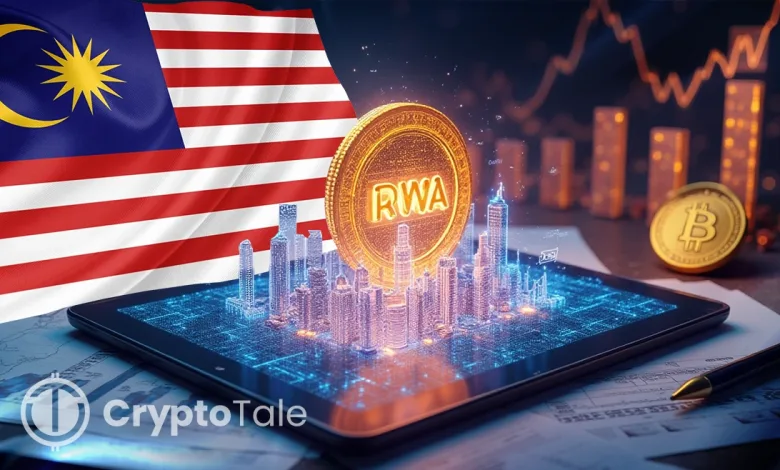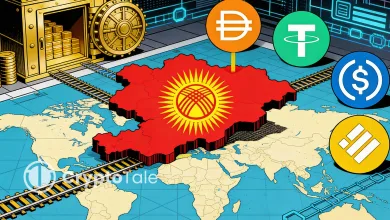Malaysia Launches 3-Year Tokenization Roadmap to Modernize Finance

- Bank Negara Malaysia unveils a three-year roadmap to explore real-world asset tokenization.
- The initiative targets SME finance, Islamic products, and digital cross-border payments.
- BNM and the Securities Commission will co-lead an industry group to guide pilot implementation.
Malaysia’s central bank, Bank Negara Malaysia (BNM), has announced a three-year initiative to pilot asset tokenization across its financial system. The roadmap was unveiled by BNM on Friday and outlines a structured plan of proof-of-concept projects and live pilots. BNM said the goal is to shift from digital asset theory to real-world deployments.
The initiative focuses only on tokenizing regulated financial assets rather than cryptocurrencies. The bank said the program will run from 2026 through 2028. To coordinate efforts, BNM and the Securities Commission Malaysia (SC) will co-lead an industry working group. Feedback from industry participants is open until March 1, 2026.
Foundations and Initial Use Cases
The tokenization roadmap will launch from BNM’s newly formed Digital Asset Innovation Hub (DAIH). The hub will operate pilot projects that test uses such as supply-chain financing, Islamic finance, and green finance. BNM said it will focus initially on assets like bonds, loans, tokenized deposits, and stablecoins. The bank emphasized that tokenization should only proceed when it creates clear economic value, not simply to use new technology.
Furthermore, pilots will target programmable payments and 24/7 cross-border settlement. BNM also said it will explore MYR-denominated tokenized deposits and stablecoins while ensuring the “singleness of money” remains intact. The initiative aligns Malaysia with regulators in Singapore and Hong Kong who are also piloting similar programs.
Industry Working Group and Regulatory Framework
BNM and the SC will co-lead the Asset Tokenization Industry Working Group (IWG), which will map out regulatory, legal, and operational obstacles. The IWG will gather input from banks, fintech firms, and technology providers. The bank said only licensed institutions may participate in the early pilot phase.
The roadmap also defines three guidelines for evaluation: first, tokenization must create real value; second, DLT should only be used when it adds benefit; third, solutions must reflect current technical capacity. While initial focus is on conventional assets, BNM said that tokenizing real estate deeds and machinery remains a future option. BNM emphasized that tokenized assets will progress from mixed on-chain/off-chain models toward a fully digital infrastructure.
The first use-case pilots are scheduled for 2026, with active scaling in 2027 and broader adoption in 2028. BNM said the initiative aims to unlock efficiencies in settlement, liquidity, and cross-border payments. For example, tokenized supply-chain finance can broaden SME access to credit by enabling faster, programmable settlements.
Related: Malaysia’s Central Bank Explores Bitcoin & XRP as Currency Alternatives
The green-finance track will allow bonds and assets tied to sustainability to gain digital-native distribution and settlement. For Islamic finance, tokenization can automate Shariah-compliant operations within blockchain structures. Tokenized deposits and stablecoins, with the backing of MYR, could support real-time payments and settlement rails for the domestic and regional market.
Malaysia’s plan places tokenized finance within its regulatory framework rather than leaving it to a completely open crypto environment. The early pilots through DAIH will allow Malaysia to test viable models while moving cautiously. The industry working group will ensure collaboration across stakeholders and help define industry standards.
Tokenization pilots could also interconnect with regional projects such as Dunbar and Guardian, which explore cross-border digital settlement across Asia. The roadmap emphasizes that tokenization is not an end in itself but a tool for improving financial infrastructure. Over the next three years, the initiative is expected to influence how regulators, fintech companies, and financial institutions interact with blockchain and digital asset technology.




